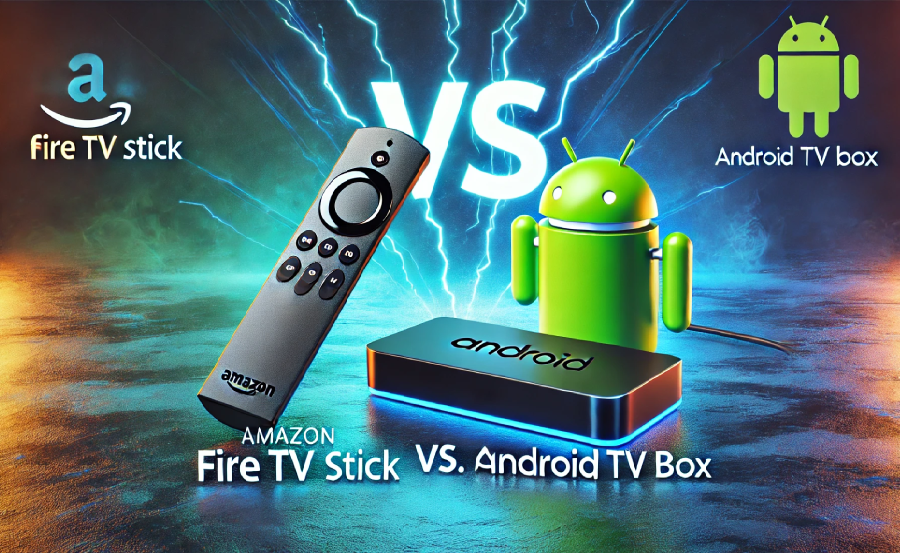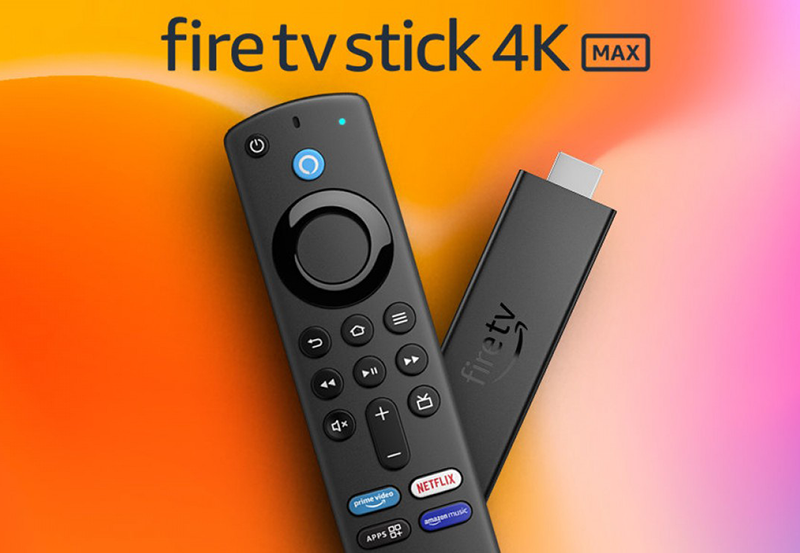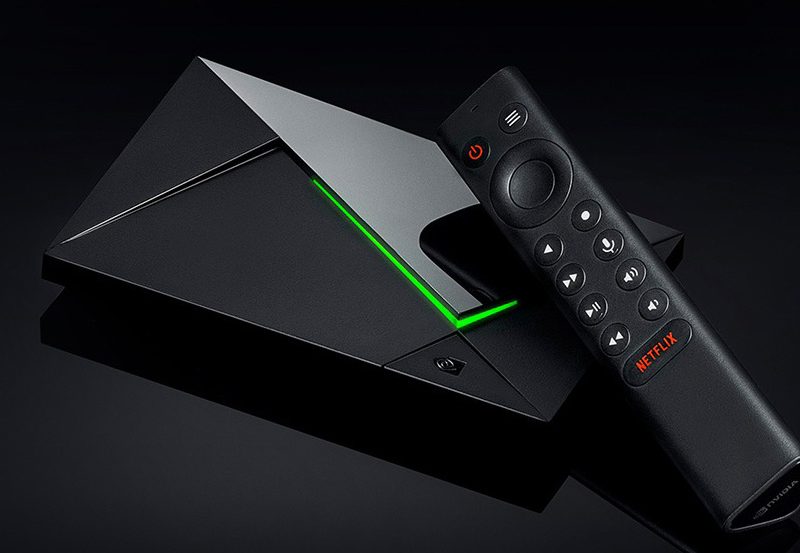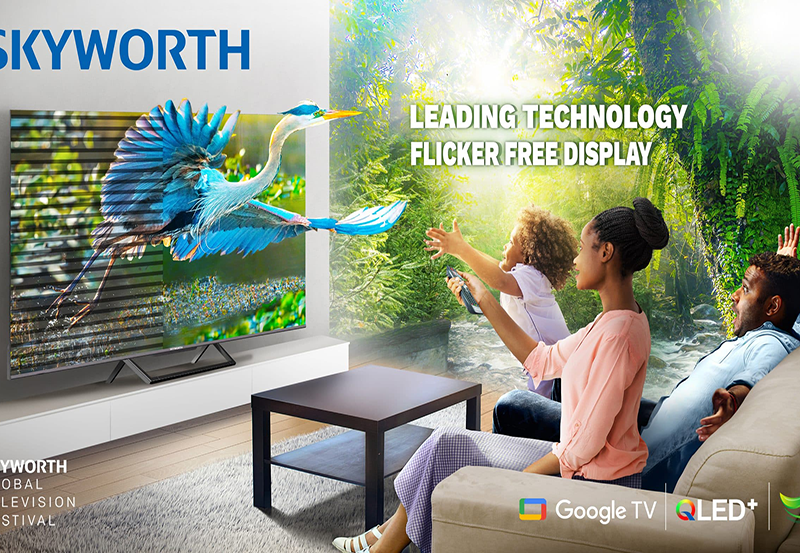In the current age of digital media, the demand for streaming devices elevates daily. Among these devices, the Android TV Box and the Amazon Fire TV Stick are two of the most popular choices. Consumers are curious about which device offers better performance in terms of processor speed, especially if they are vying for the ultimate streaming setup. Let’s dive into a comparison that aims to help you upgrade your TV experience today.
Understanding Processor Speeds in Streaming Devices
Why Processor Speed Matters
Processor speed is a pivotal factor in determining the efficiency of a streaming device. It affects how quickly operations are executed and how smooth your viewing experience will be. Faster processors can handle high-quality IPTV without lag, providing the best IPTV experience available.
Most of us love streaming without waiting for loading times, right? Having a quicker processor means faster switching between apps and seamless 4K content streaming—a crucial detail for tech enthusiasts and casual viewers alike.
Pro Insight:
Explore the latest UK shows with Best UK IPTV subscriptions for on-demand and live viewing.
Basic Concepts of Processor Types
Processors can be complex, but the key specifications to compare include core count and clock speed. More cores help multi-tasking, while higher clock speeds indicate how fast each core operates. Devices like the Android TV Box and Fire TV Stick contain these elements but in varying configurations.
The differentiation between these specifications can vastly impact user experiences, driving the market to continually innovate. The goal? Offer consumers unmatched streaming at ever-higher resolutions.
Multi-Core Processing: A Brief Overview
Multi-core processing supports a smoother high-quality IPTV experience by distributing tasks across cores, reducing bottlenecks. This concept ensures that you don’t endure delays when toggling through applications or changing channels.
With multi-core processors, operations such as app launching, video rendering, and connection to the internet are achieved efficiently. This technology is now routinely found in modern streaming devices, reflecting consumer demand for unparalleled media consumption.
Android TV Box Processor Specifications
Powerful Performance Capabilities
The Android TV Box boasts impressive hardware configurations. Many versions embrace quad-core processors that confidently tackle performance-demanding applications. This ensures users can enjoy a high-quality IPTV environment without encountering lag-induced frustrations.
But remember, specs vary among models. Some boxes support octa-core processors, significantly enhancing the capability to juggle multiple tasks concurrently, thus delivering one of the best IPTV experiences available.
Customizability and Flexibility
Android TV Boxes offer customizable settings which leverage their processing power. Users can install various applications, extending beyond standard streaming services to include games and productivity apps, making it suitable for diverse entertainment needs.
This flexibility is a reason many opt for Android TV Boxes, especially if they seek more than mere standard viewing. Additionally, these devices support various input methods, such as remote controls, gamepads, and even keyboards.
Amazon Fire TV Stick Processor Insights
Processor Specifications and Impact
The Amazon Fire TV Stick is engineered with a custom quad-core processor designed explicitly for efficient streaming. This processor facilitates smoother transitions between channels and quick loading times, enhancing immediate device response.
Sticking with a balance between price and performance, many consumers appreciate the Fire TV Stick for its optimization which complements high-quality IPTV services. Its consistent performance makes it suitable for those keenly focused on straightforward media consumption.
Brand Ecosystem Advantages
Embedded within Amazon’s ecosystem, the Fire TV Stick benefits from close integration with the company’s other products and services. This yields a coherent user experience—something to consider if you’re invested in Amazon’s wider technological offerings.
For Amazon Prime users, this device often provides a frictionless experience, enhancing streaming through custom tailored content recommendations that align perfectly with the device’s processor capabilities.
Performance Benchmarks: Android TV Box vs. Amazon Fire TV Stick
Comparing processing speeds isn’t solely based on on-paper specifications. Benchmarks and real-world usage reveal more about how these processors translate into tangible user experiences.
- Startup Time: Android TV Boxes often start quicker than the Fire TV Stick due to extra processing power.
- App Navigation: The extra cores in Android TV Box models allow for swifter navigation between apps.
- Video Playback: Both devices handle standard HD and 4K well, yet the Android TV Box offers slightly better buffering times.
Real-time tests indicate that while the Fire TV Stick maintains competitive load times, the Android TV Box often excels in multi-tasking and heavy app usage scenarios, proving advantageous for gamers or tech enthusiasts.
Which Device Is Right for You?
Your Streaming Needs
Your choice depends on how you intend to use the device. For straightforward streaming without much fuss, the Fire TV Stick is a reliable choice. Its processor sufficiently handles regular streaming needs with minimal lag time.
Alternatively, if you’re searching for more power with a device-agnostic platform, the Android TV Box’s processor speed will not disappoint. It’s ideal for users demanding a high-quality IPTV experience with extensive customization options.
Invest in Multi-Purpose Utility or Focused Streaming
Assess if you want a single-purpose device akin to the Fire TV Stick’s seamless integration within Amazon’s ecosystem or if you lean towards Android TV Box’s versatile offerings that include gaming and varied app usage.
Both devices cater to different user expectations, and comprehending these devices’ processor capacities will lead you to a choice aligned with your entertainment choices today and in the future.
Closing Thoughts
Choosing between the Android TV Box and Amazon Fire TV Stick depends on what you prioritize in a streaming device. Each comes with its strengths, tailored to different user needs. Processor speed fuels the high-quality IPTV experience many chase, and understanding these differences aids in selecting a device that aligns with your viewing habits.
As technology evolves, these devices will likely see further enhancements, promising users even better experiences down the line. Always consider what best suits your lifestyle and media consumption when making your decision.
FAQs on Processor Speeds: Android TV Box vs. Amazon Fire TV Stick

What is the primary difference in processors between the Android TV Box and Fire TV Stick?
The primary difference lies in the number of cores and customization options. Android TV Boxes often have access to more customization which can leverage multiple cores, whereas Fire TV Sticks focus on efficient streaming within the Amazon ecosystem.
Can both devices handle 4K streaming without lag?
Yes, both devices support 4K streaming. However, the Android TV Box typically handles more resource-demanding tasks better, attributing to faster processor speeds and additional cores.
Which device offers better multi-tasking capabilities?
The Android TV Box is usually better at multi-tasking, thanks to its higher core count and processing power, allowing for simultaneous application usage and smoother transitions.
How do the processor types impact app availability?
Processor types themselves don’t limit app availability, but the platform does. Android TV Boxes allow for a wider range of apps due to the open platform, whereas Fire TV Sticks are more curated within Amazon’s ecosystem.
Is there a noticeable difference in day-to-day performance?
While both devices excel in normal streaming conditions, power users looking for gaming and multi-tasking might notice the Android TV Box handles daily operations faster due to its stronger processors.
Are there any significant price differences based on processor speed?
Yes, typically stronger processing capabilities in Android TV Boxes can lead to higher prices compared to standard Fire TV Sticks, which are designed to be cost-effective with streamlined efficiency.
Which device would you recommend for a tech-savvy individual?
For a tech-savvy individual seeking extensive customization, modding options, and powerful performance, an Android TV Box would likely be the preferable choice. Its processor speed and flexibility cater to more demanding tech needs.
EPG Formats Explained: What Works Best for IPTV?





